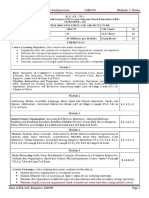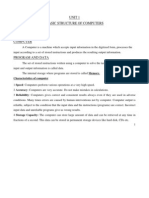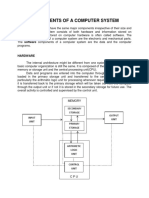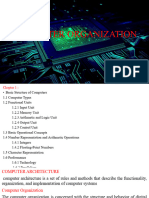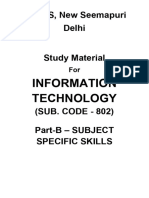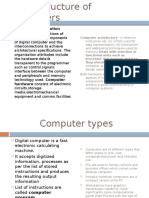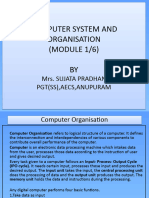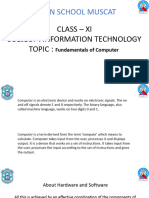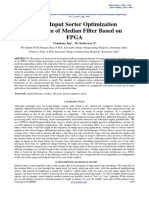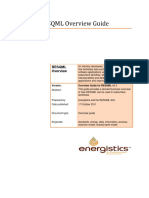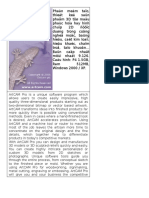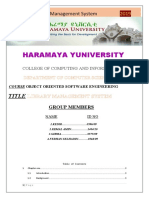0% found this document useful (0 votes)
13 views17 pagesCOA Notes Module 1 Part 1
The document provides an overview of computer organization and architecture, detailing the basic structure of computers, types of computers, and their functional units. It explains the roles of input, memory, arithmetic and logic units, output, and control units in processing information, as well as the importance of instructions and data in computing. Additionally, it discusses the execution of programs, bus structures, and the handling of interrupts in computer systems.
Uploaded by
adarsh18namdevCopyright
© © All Rights Reserved
We take content rights seriously. If you suspect this is your content, claim it here.
Available Formats
Download as PDF, TXT or read online on Scribd
0% found this document useful (0 votes)
13 views17 pagesCOA Notes Module 1 Part 1
The document provides an overview of computer organization and architecture, detailing the basic structure of computers, types of computers, and their functional units. It explains the roles of input, memory, arithmetic and logic units, output, and control units in processing information, as well as the importance of instructions and data in computing. Additionally, it discusses the execution of programs, bus structures, and the handling of interrupts in computer systems.
Uploaded by
adarsh18namdevCopyright
© © All Rights Reserved
We take content rights seriously. If you suspect this is your content, claim it here.
Available Formats
Download as PDF, TXT or read online on Scribd
/ 17


